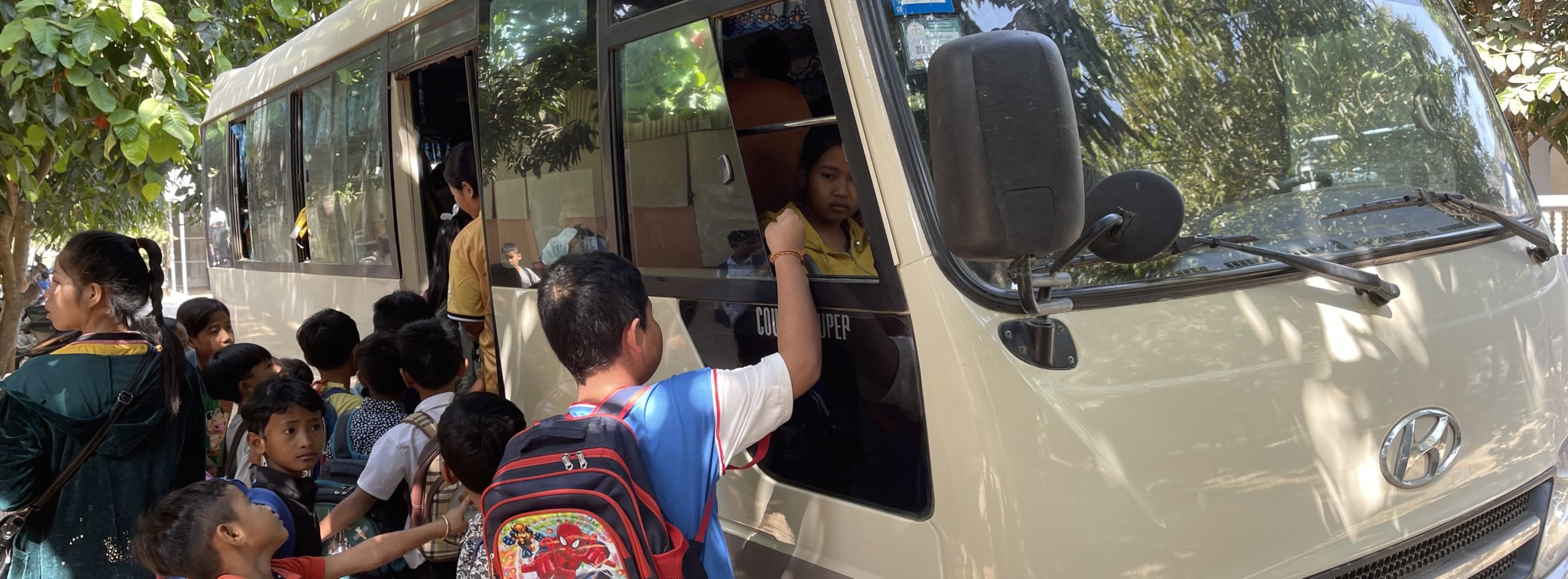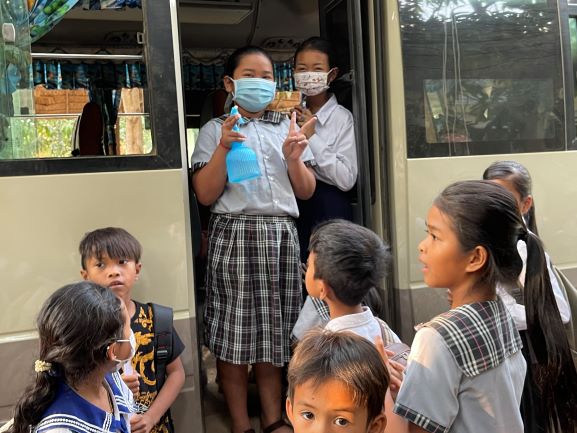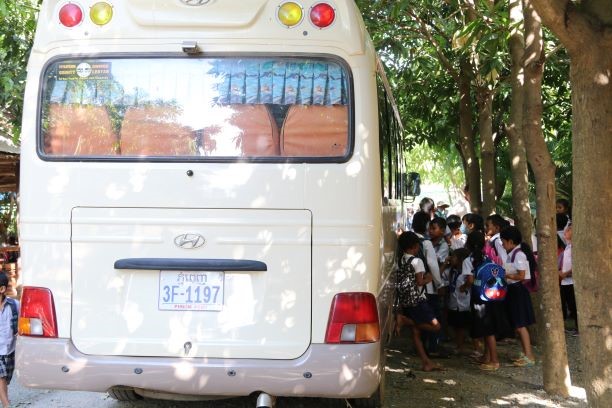
Short description of situation of children and the project purpose / goal
Before the COVID pandemic, Khmer Association for Development (KAD) accepted more than 400 children to stay in its Children Development Center that provides them with all most needed services such as education, health care, transport means, food, school materials, school uniforms, warm care and protection from various issues. Seeing that the transport means was a compulsory part of the project in improving the community children welfare, Khmer Association for Development applied for funds both from Schmitz Foundation and Mirja-Sachs-Foundation to purchase a minibus in order to refine an access to the most needed services as above-said. Why is the transport means deemed to be essential part in advancing the operation of the project? The project is directed at low-income families whose members mostly work for garment factories necessitating full day work from early morning to late afternoon, so they have no time to care for their children. That’s why they have to entrust their children to the Centre. According to the work experience of Khmer Association for Development for years in this area, community children face a lot of life issues, for instance, insufficient care, loss of education opportunity, absence of health care, traffic accident, pond drown, sexual rape, child labour, etc. Since the project was initiated, all these problems have been solved through its activities done with the great achievement of its objectives and goal.
Completed activities up to the reporting time
To purchase the minibus:
To transport the children from their villages to the KAD Center:
To maintain the vehicles regularly
Outcomes of the project:
Effects of the project on the beneficiaries and communities:
The communities and beneficiaries had confidence in the services provided by the Khmer Association for Development (KAD). They strongly supported the project as well as the organization through their participation and contribution to keep it sustainable. They prefer putting their children in the Centre to sending them to the public schools. As evidenced, during the COVID pandemic, their children were not sent to the state-run school which were reopened. They were willing to wait for the reopening of KAD’s Child Care Centre.



